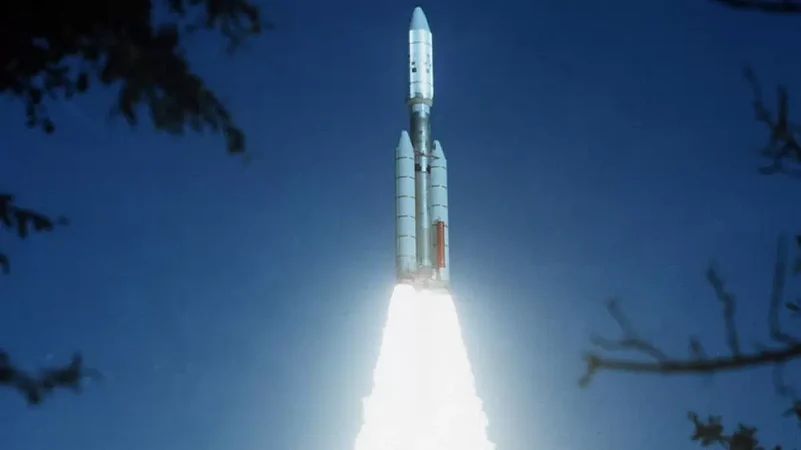NASA has temporarily lost communication capabilities with its Voyager 2 probe which is 12 billion miles in space. A series of planned commands to the spacecraft caused its antenna to point 2 degrees away from Earth on July 21. As a result, the Voyager 2 probe is now currently unable to receive commands or transmit data back to Earth, at least until October 15.
However, as per the mission update from NASA's Jet Propulsion Laboratory, this is a temporary communications pause. Voyager 2 is programmed to reset its orientation multiple times a year, to keep its antenna pointing at Earth. The next reset is scheduled for October 15. Once the antenna is realigned with Earth, communications should resume and it will be able to receive commands from NASA's grounds controllers and transmit with the ground antennas of NASA's Deep Space Network (DSN)
Launched on August 20, 1977, by NASA to study the outer planets of our solar system, as well as their moons, rings, and magnetic fields, Voyager 2 was part of a twin program alongside Voyager 1 which is currently the furthest outfield spacecraft at little over 14 billion miles. NASA reassured the public, saying that there was no need for alarm. Communications with Voyager 1 remain uninterrupted, and both Voyagers have enough electrical power and fuel to continue operating at least until 2025.
Voyager 2's primary mission was to perform flybys of Jupiter, Saturn, Uranus, and Neptune. It provides valuable data and images of these distant planets and their surrounding environments. The Voyager missions are a part of the NASA Heliophysics System Observatory, sponsored by the Heliophysics Division of the Science Mission Directorate in Washington
The probe's trajectory was carefully planned to enable it to take advantage of a rare planetary alignment that allowed it to visit all four gas giant planets on a single mission. It has achieved many historic flybys since then. In 1979, it flew by Jupiter, revealing previously unknown details about Jupiter's complex cloud patterns, its Great Red Spot, and its numerous moons. Later, it would make it past Saturn in 1981, discovering several new moons, as well as Uranus and Neptune in the same decade in 1986 and 1989 respectively, unearthing new information about their rings, atmosphere, and magnetic fields.
Following its successful flybys, Voyager 2's mission was extended as part of the Voyager Interstellar Mission (VIM). The probe continues to travel through interstellar space, carrying an interesting object, called the "Voyager Golden Record," which contains sounds and images of Earth, intended as a message to potential extraterrestrial civilizations, encapsulating Earth's cultural and historical heritage, audio records and music. The records each contain 27 pieces of music, including Bach and Chuck Berry, 22 minutes of nature sounds and voices speaking in 59 human languages.
A division of Caltech in Pasadena, NASA’s Jet Propulsion Laboratory built and continues to operate the Voyager probes. They are confident in its continued success and look forward to re-aligning with it in October.


























